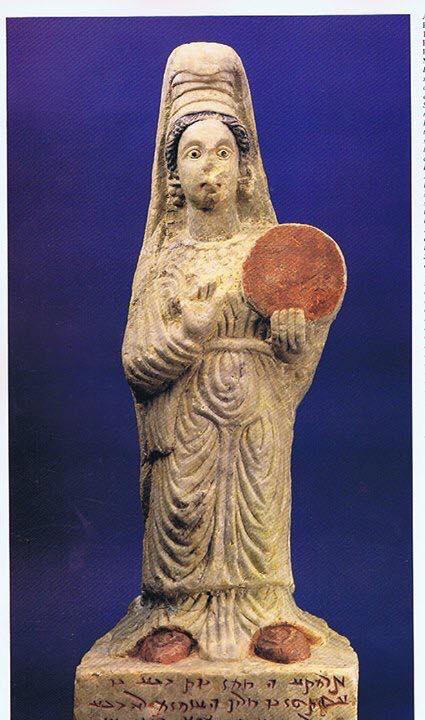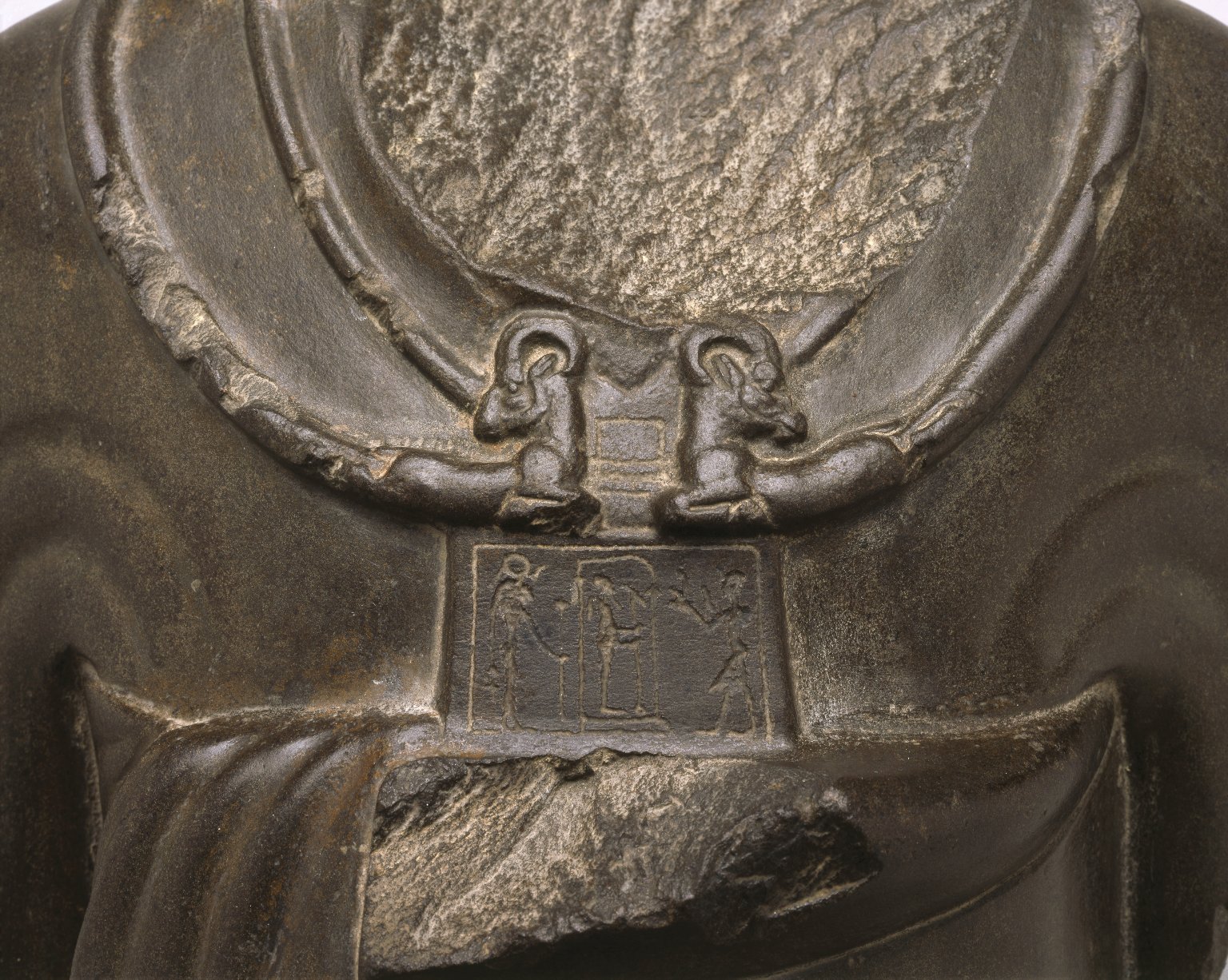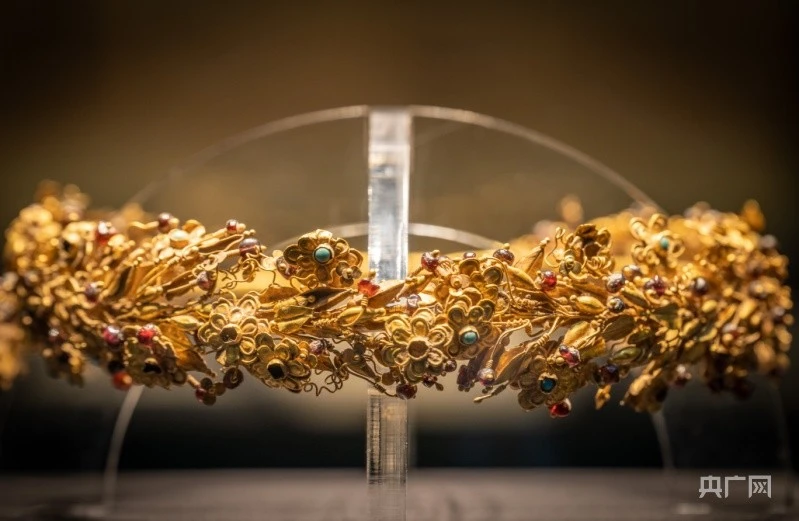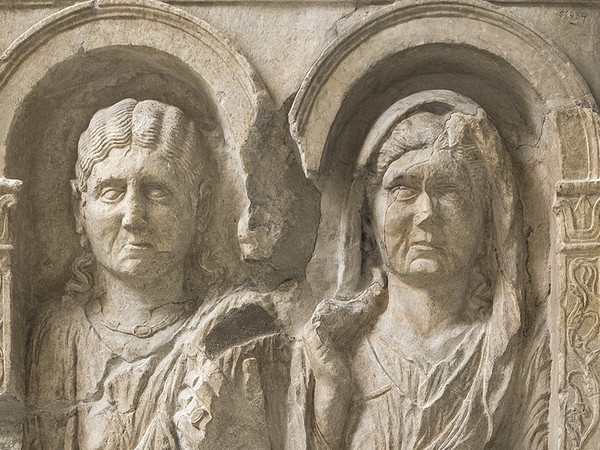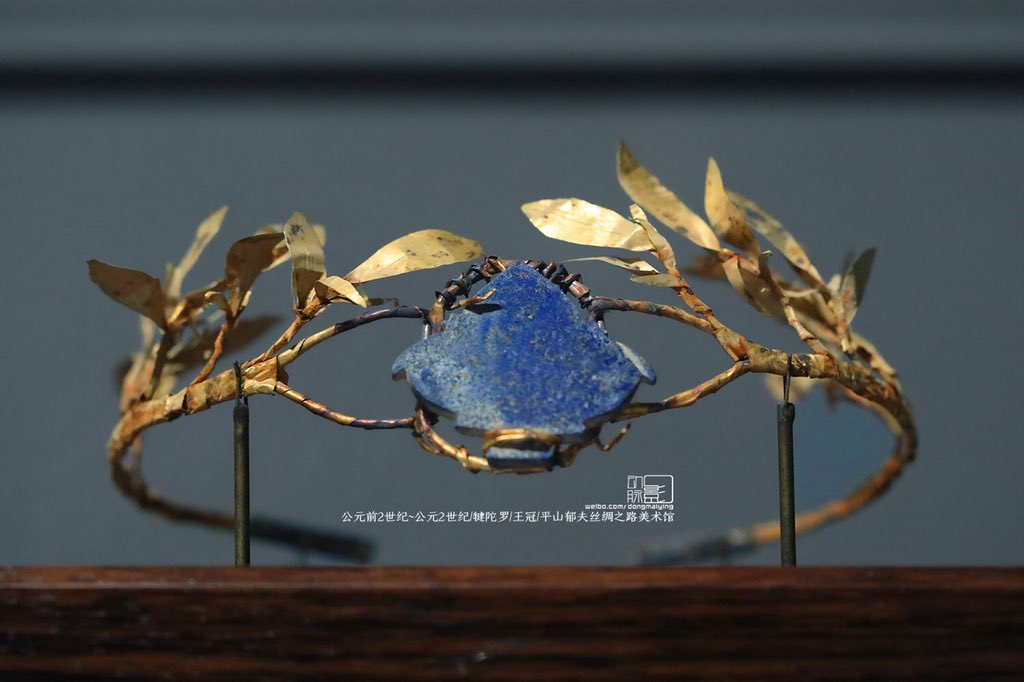
Gold pendant was recovered from the necropolis of Ur Iraq 625-539 BCE. Its function is not certain, the museum describes it as the pendant, locket or ear ring.

H 3.9 cm; W 2.4 cm; D 0.4 cm

The collection of the Russian Ethnographic Museum museum record

“A common type of headdress for women was the “tilla bargak”, which was a strip of silver square plates connected by hinges with pendants. A variant of this type of adornment is a browband, consisting of stamped gilded plates sewn onto the fabric, with a bottom made of pendants made of stamped diamond-shaped rosettes and leaf-shaped elements.” [Женские головные уборы]
“The Turkmens sewed on the sinsil jewelry forehead diadem, the Uzbeks of South Khorezm had tilya bargak and hakik – duzi, and the Uzbeks-Karluks – kasaba. The presence of a diadem in the costume of girls of marriageable age is documented by archaeological materials on the Scythians-Skolts and Sarmatians.” [Женские головные уборы]


Shalbhanjika, 1st century CE, Found at Sonkh Tila, Govardhan, Mathura. Now at Mathura Museum, India.
- Женские головные уборы Центральной Азии – от рождения до старости [Women’s headdresses of Central Asia – from birth to old age] https://www.caa-network.org/archives/20524
- ad. 1 [Yatsenko S.A. / Яценко С.А. Указ. соч. С. 324] https://rggu.academia.edu/SergeyYatsenko
- The Shalbhanjikas of Mathura Museum http://justrippingg.blogspot.com/2021/04/the-shalbhanjikas-of-mathura-museum.html




